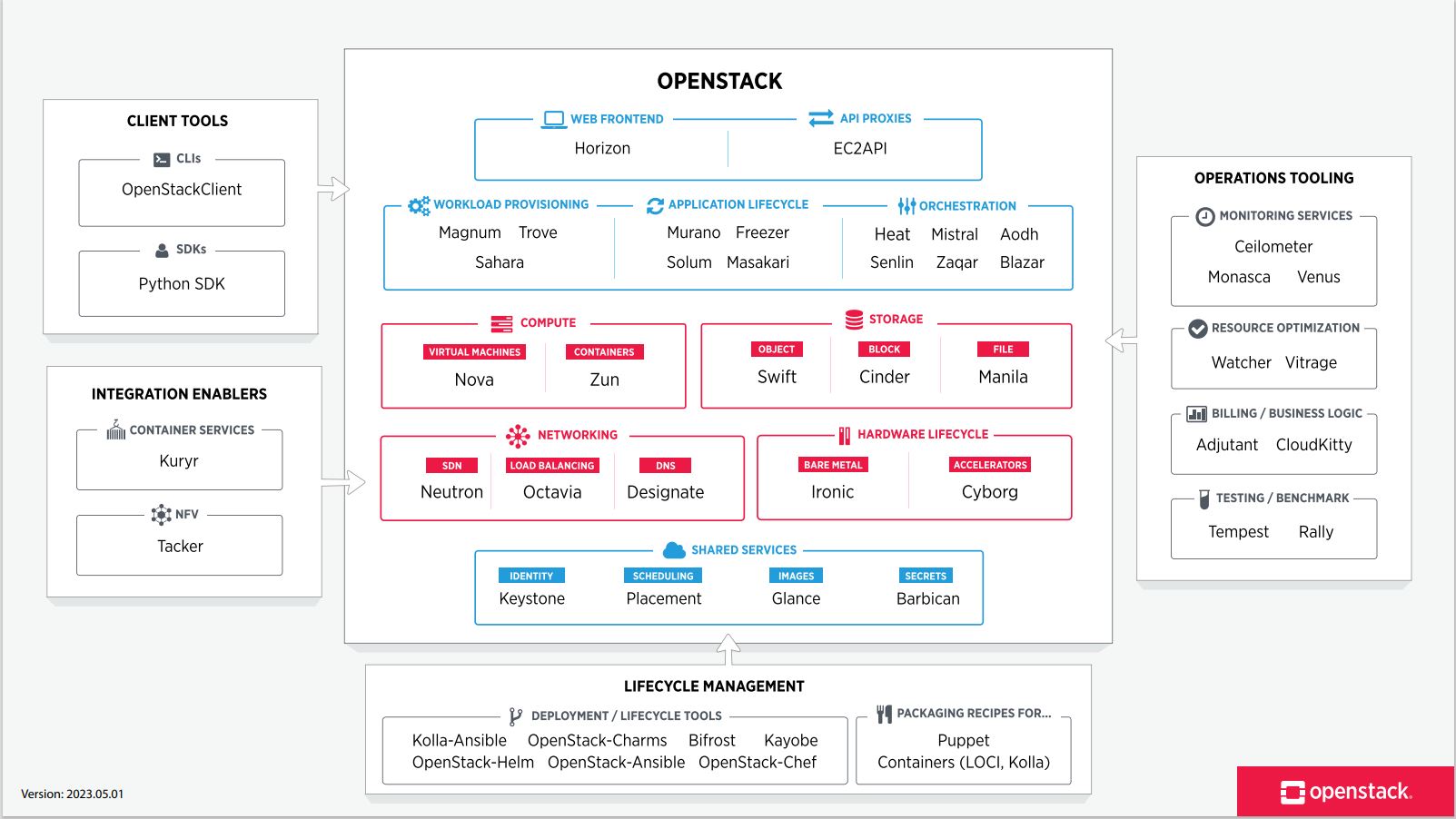Meaning of Cloud
The cloud has been raining attention lately, and in 2023, it's the
forecast for everyone, whether they're cloud-conscious or
cloud-nine-conscious. In fact, the website you're currently browsing
is floating high up in the cloud! But what, precisely, is the cloud?
Is it situated up in the clouds, like a digital skyscraper? I trust
this blog will not only rain down knowledge but also clear the air on
this misty term.

Before Cloud
Before we dive into what the cloud is, let's look at how businesses
operated in the pre-cloud era. You see, all software needs some
hardware to run on. Back in the day, companies had to buy and take
care of the hardware their software needed to run. This meant they
had to spend a lot of money on both keeping the hardware in good
shape and hiring skilled people to manage it.
If you've had experience in the software industry, you're likely
aware that companies are continually striving to cut down on their
operational expenses. Software as a Service (SaaS) companies, in
particular, sought to escape the burden of managing their hardware
infrastructure. This is where the idea of the cloud emerged. Imagine
a scenario in which a company could offer dependable hardware as a
service, at a low cost, with no need for maintenance overhead. This
was a dream come true for SaaS companies that had previously been
maintaining their own on-premises solutions.
Emergence of Cloud
One of the first companies to achieve success as a cloud service
provider is Amazon Web Service (AWS). AWS started off as a way for
Amazon to provide scalable and flexible computing solution for its
own e-commerce operations, but soon they evolved into a service that
other businesses could use. At the same time, many companies like
VMWare, Google, IBM and Microsoft started building their own cloud
ecosystems for both internal as well as external use. AWS
popularised the concept of Infrastructure as a Service (IaaS) where
companies could buy and use computing power with minimal capital
cost and operational overhead.
Although IaaS is a major part of the whole cloud architecture, it is
not the only cloud offering. Even before IaaS was popular, companies
like Google and Salesforce had softwares that were delivered over
the internet. These are known as SaaS services. Another abstraction
built on similar concept is Platform as a Service (PaaS). This
allows customers to build deploy and manage applications over the
browser.
Architecture of Cloud
 Architecture of OpenStack cloud platform
Source:https://www.openstack.org/software/
Architecture of OpenStack cloud platform
Source:https://www.openstack.org/software/
OpenStack is an open source cloud computing platform. Most
modern cloud providers like AWS, Azure, GCP uses an architecture
similar to the above. Cloud architecture followed a tiered approach.
At the bottom most layer you have the Computing, Networking and
Storage services which enables most of the cloud functionality.
Another interesting low level service is the hardware lifecycle
service. As you might have already figured out, even cloud is nothing
but a huge room of hardware in some datacenter. Hardware Lifecycle
management service ensures the datacenter hardware are up to date on
firmware, fixes any hardware faults and refreshes the hardware before
it gets reused by a new customer.
The low level services form the core of any cloud platform. The next
most important services are monitoring tools, Orchestration services
and Optimization services. These services are aimed to simplify
operations for customers adopting the cloud and managing
infrastructure at scale. Furthermore cloud companies release a variety
of SaaS services and AI services that integrate with their cloud
platform.
Summary
The backbone of any cloud company is it's infrastructure. The most
difficult part in Cloud optimization is infrastructure optimization. I
hope this blog helped to demistify the concept of cloud computing, and
you realise that at the end of the day, cloud is not very complex. It
is a very simple idea of abstracting hardware details from customers.
Written by Aswin Unnikrishnan. 11/12/2023